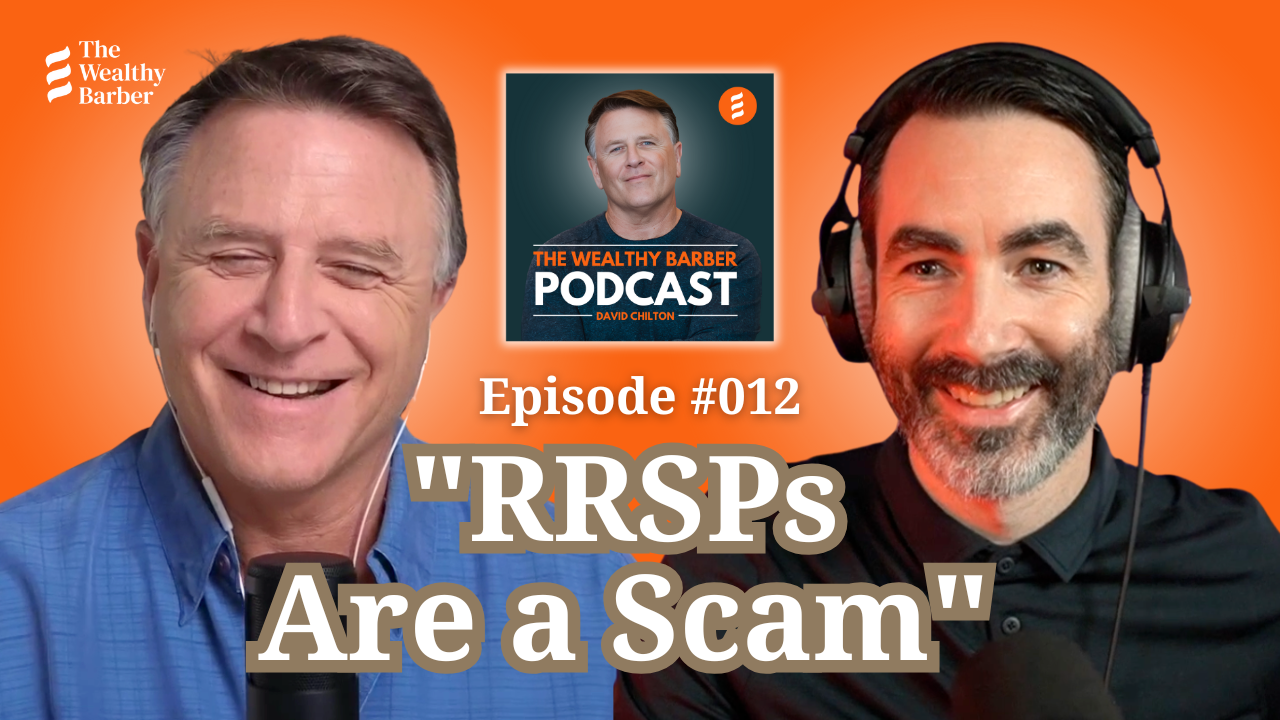Married? Save Tax in Retirement With Income Splitting
RRSP withdrawals aren’t as painful as you think! With income splitting, you could lower your tax bill significantly. Mark McGrath and I break it all down on The Wealthy Barber Podcast—tune in now!
💈💈💈
Here’s my argument, that usually with proper planning, you can pull the money out of the RRSP at a lower tax rate than what you put in it at. Not always, but usually.
When you withdraw, there’s a couple of things that you have going for you. You’ve got one, the ability to split income from what we call a RIF, a registered income fund. So for those who are not aware, an RRSP at some point, the government says it’s time to pay the taxes and you must convert it into what we call a registered income fund or a RIF. Now, RIFs are considered, uh, pensions for the purpose of pension income splitting. So if you’re married, if I’ve got a million dollar RIF when I retire and my wife has zero.
If I need to take money out, I can attribute up to 50 percent of that withdrawal to my spouse for tax purposes, right? That allows you to take advantage of those lower tax brackets for both of you and equalize the taxes. So you contributed at your own personal marginal tax rate, but you get to withdraw potentially at a combined very low tax rate because you’re spreading it out across those really low tax brackets.
Key point. Key point that doesn’t get enough attention. Yeah, and I totally respect that not everybody has a spouse, we don’t know how long ourselves or our spouses are gonna live, so you don’t know what the time horizon is.
But at the way you’re recklessly investing your son’s money, you may not have a spouse frankly. She doesn’t know about it. She doesn’t know, that’s good. Because she has absolutely no idea. See hiding things is the key to a good marriage so well done. Thank you yes.
Feel Confident About Your Finances
Sign up for our Weekly Round-Up of new videos and podcasts released over the past seven days. We won’t spam you or try to sell you a course—promise!



